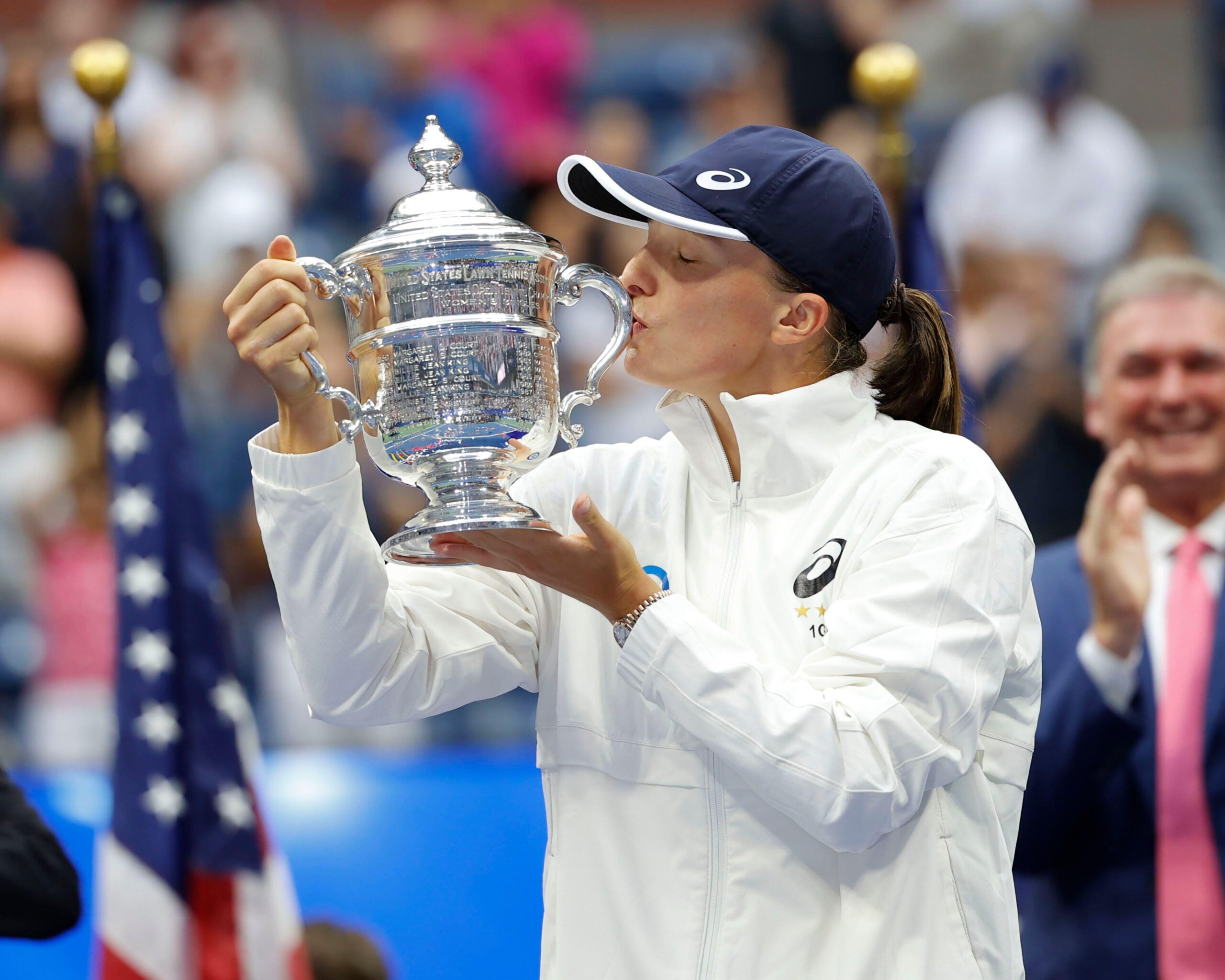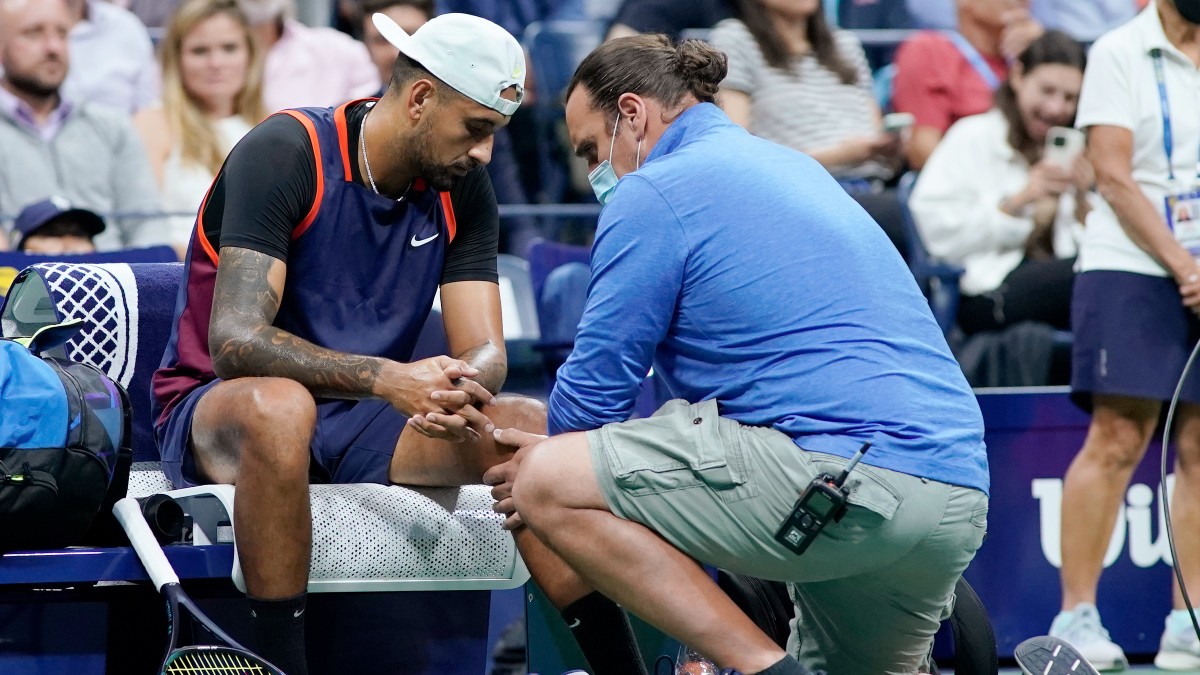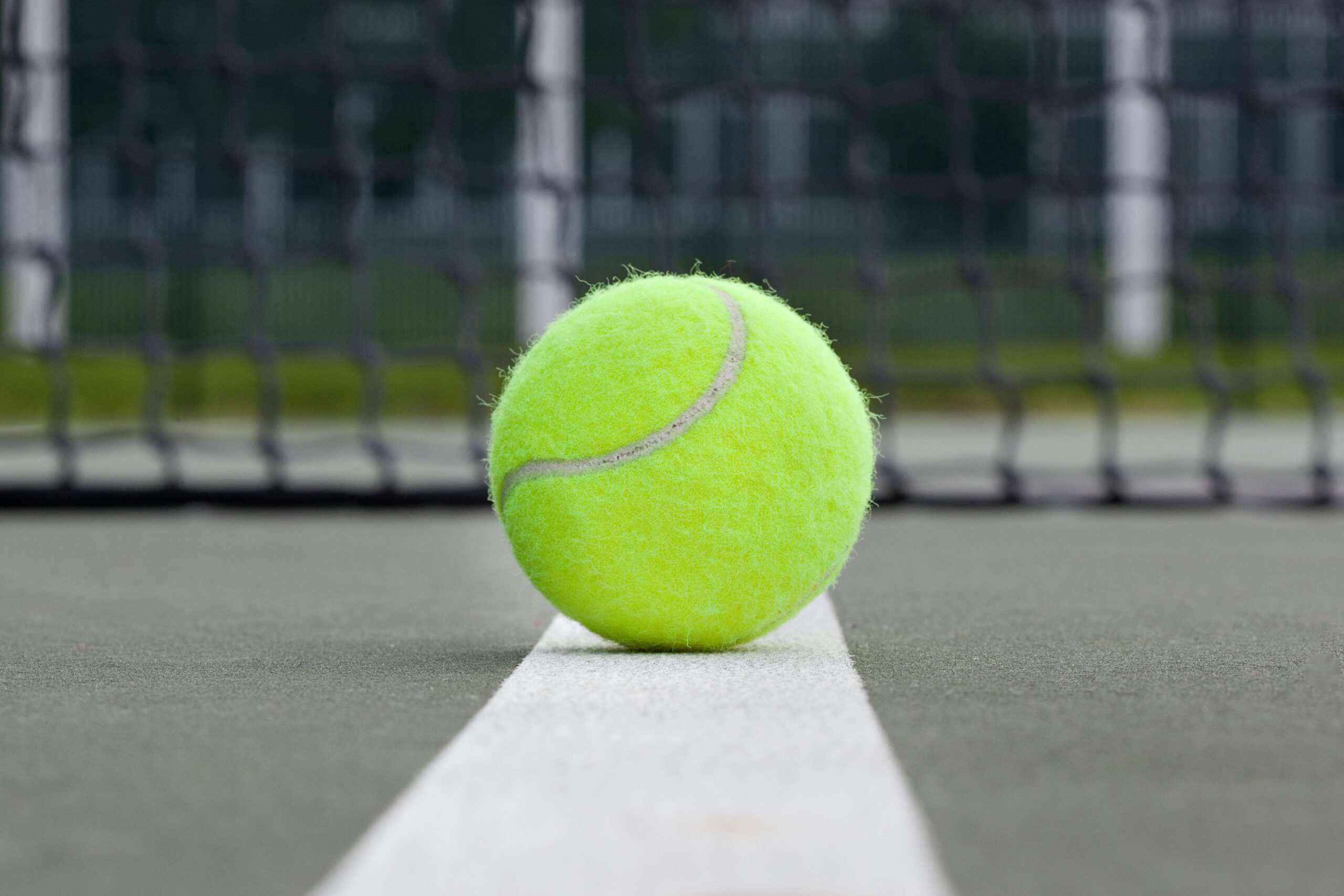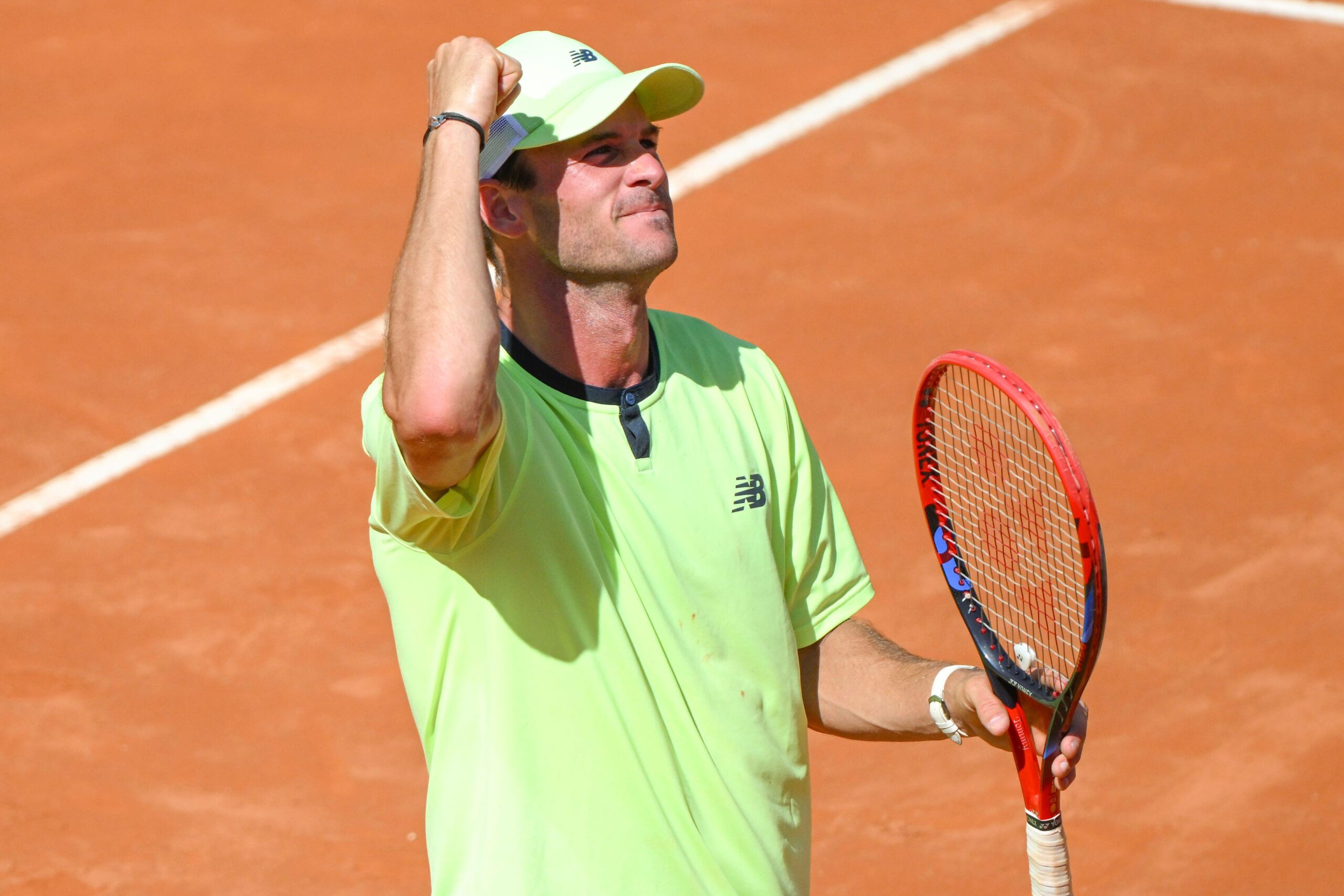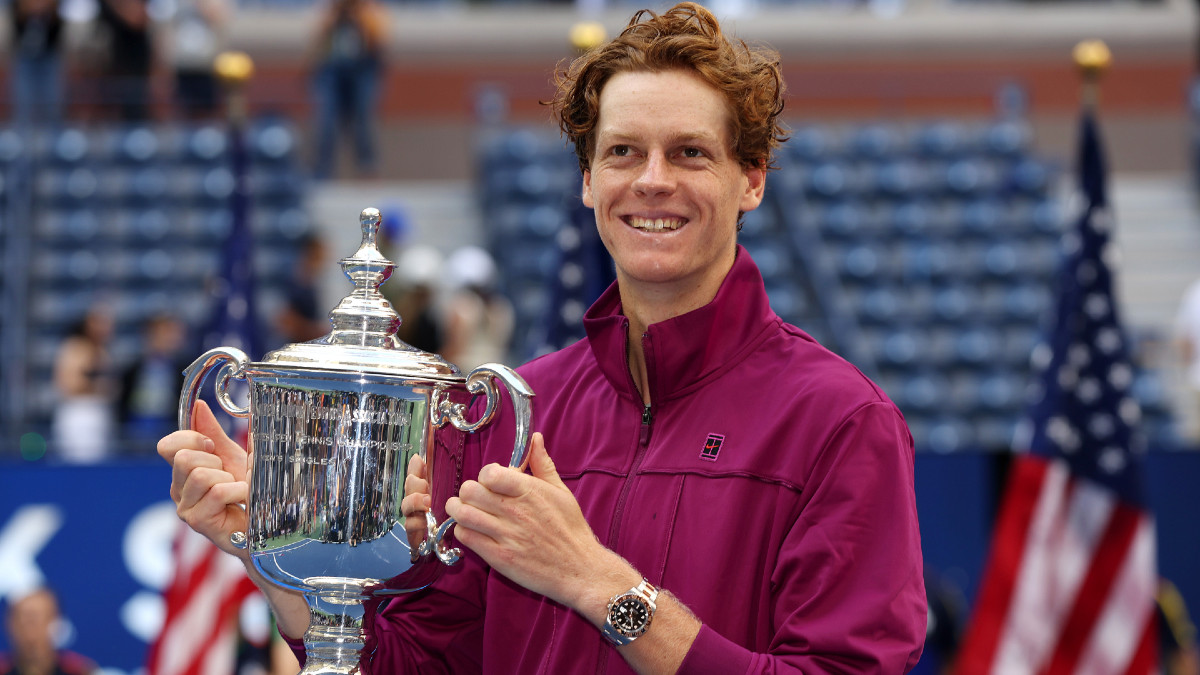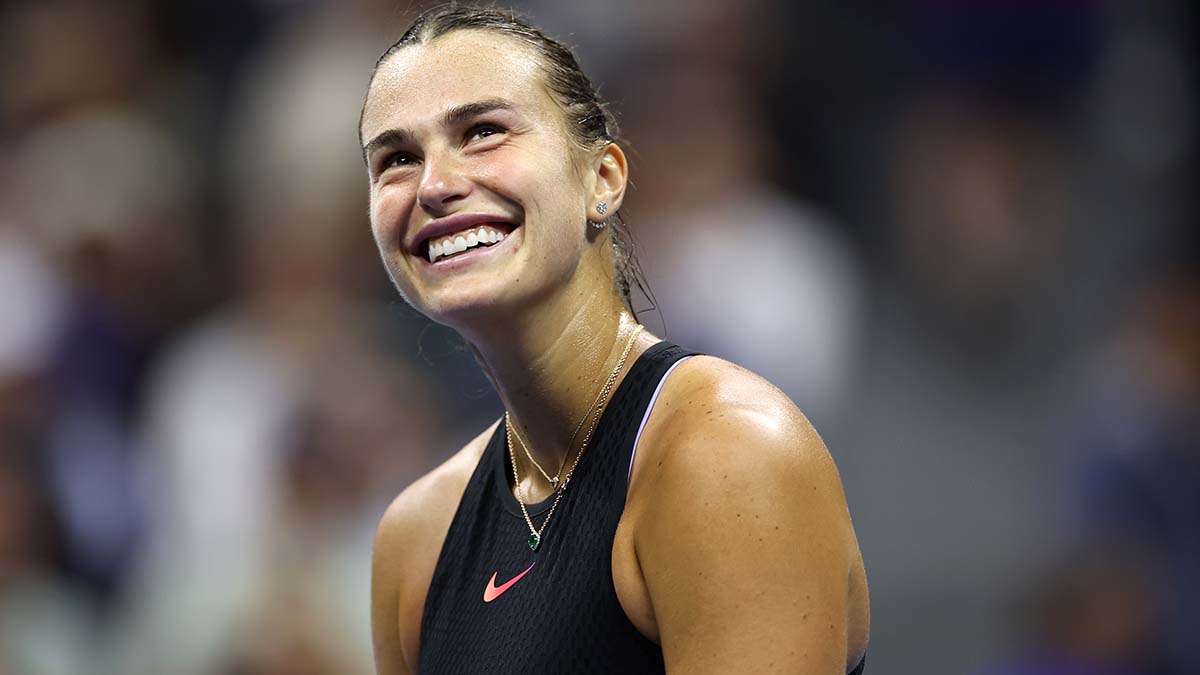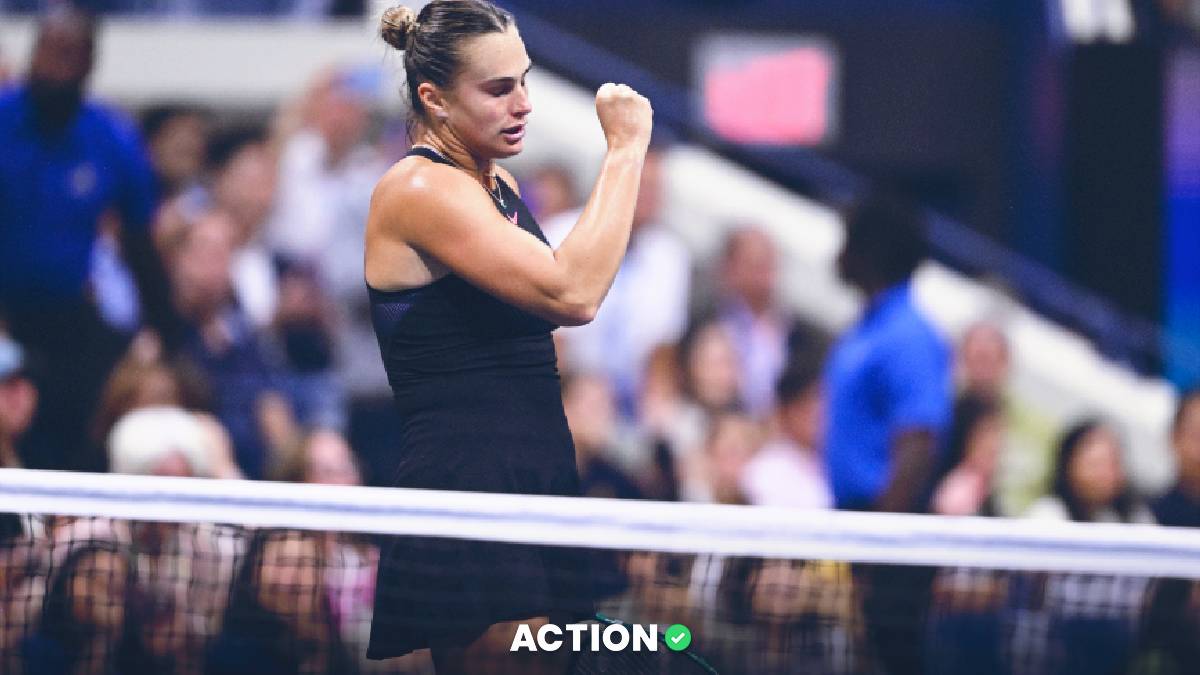Ahead of the 144th US Open, Action Network has analyzed 100+ US Open champions going all the way back to the tournament’s inception in 1881 to find out what are the typical traits of a US Open champion – from average age, height, place of birth to first name initials, birthdays and dress code on the day of the final match.
Winners from Men’s singles and Women’s singles main events were collected and subsequently analyzed. Furthermore, the analysis was carried out for both historical winners tracing back to the 19th century as well as only the Open Era winners.
The results of the analysis as well as interactive searchable data tables can be found below.
MALE CHAMPIONS
AGE
The average age of male US Open champions since the tournament’s inception in 1881 is 25.139 years old, while the median age is 25.
When looking only at the Open Era winners (since 1968), the average age of male champions at the time of their victory is 25.553, while the median age is 25.
Pete Sampras is the youngest male US Open singles champion (of the Open Era and of all time) - he was 19 years old when he won his first US Open trophy in 1990.
William Larned is the oldest male US Open winner - he was 38 when he won his 7th US Open singles trophy in 1911. Novak Djokovic is the oldest male winner in the Open Era - he was 36 when he won his 4th US Open singles trophy in 2023.
COUNTRIES
Since 1881, the most male US Open champions were born in:
1.United States - 33 champions - 46.5% of male winners were born in the United States
2.Australia - 11 champions - 15.5% of male winners were born in Australia
3.Spain - 4 champions - 5.6% of male winners were born in Spain
Furthermore, 9 of the American winners (27.3%) were born in California.
When looking only at the Open Era champions (since 1968), the most US Open champions were born in:
1.United States - 6 champions - 20% of male winners were born in the United States
2.Australia - 5 champions - 16.7% of male winners were born in Australia
3.Spain- 3 champions - 10% of male winners were born in Spain
CITIES
Since 1881, 3 American cities have produced 3 individual US Open champions: New York City (Oliver Campbell, Malcolm Whitman, Holcombe Ward) , San Francisco (Bill Johnston, Joe Hunt, Robert Lindley Murray) and Los Angeles (Ellsworth Vines, Bobby Riggs, Pancho Gonzales).
FIRST NAME INITIALS
Since 1881, the most common first name initials of male US Open champions are:
1.”R” - 10 champions - 14.1% of male winners had a name starting with “R”
2.“M” - 8 champions - 11.3% of male winners had a name starting with “M”
3.“J” - 7 champions - 9.9% of male winners had a name starting with “J”
When looking only at the Open Era champions (since 1968), the most common first name initials of male US Open champions are:
1.“M” & “J” & “A” - 4 champions had a name starting with “M” (13.3%), 4 with “A” (13.3%) and 4 with “J” (13.3%)
PLAY
Since 1881, most male US Open champions were using right-handed play (58 players, 82.9%).
When looking only at the Open Era champions (since 1968), most US Open male champions were also using right-handed play (24 players, 80%).
BIRTH MONTHS
Since 1881, the most common birth months of US Open winners are:
August & September - 9 male US Open champions were born in August (12.7%), 9 in September (12.7%)
When looking only at the Open Era champions (since 1968), the most common birth month of the male US Open winners is August - 6 winners (20%) were born in August.
DAYS OF BIRTH
Since 1881, the most common days of birth of US Open winners are:
1.Tuesday & Saturday - 13 champions each - 18.3% of male winners were born on Tuesday and 18.3% were born on Saturday
2.Friday - 11 champions each - 15.5% of male winners were born on Friday
3.Monday - 10 champions - 14.1% of male winners were born on Monday
When looking only at the Open Era champions (since 1968), the most common weekday of birth of the US Open winners is Friday - 6 of the male winners were born on Friday (20%).
ASTROLOGICAL SIGNS
Since 1881, the most common star signs of the US Open winners are:
1.Aquarius / Libra - 8 champions each - 11.3% of male winners were a Libra and 11.3% were an Aquarius
When looking only at the Open Era champions (since 1968), the most common star signs of the US Open winners are:
1.Leo - 5 champions- 16.7% of male winners were a Leo
2.Aquarius - 4 champions - 13.3% of male winners were an Aquarius
HEIGHT
Since 1881, the average height of a male US Open winner is 6 feet 0.43 inches (=184.056 cm).
When looking at the Open Era (since 1968), the average height of a male US Open champion is 6 feet 0.91 inches (=185.2 cm).
RACKETS & DRESS CODE
Due to the lack of photographs in color prior to 1965, only the outfits of Open Era winners were analyzed.
37 of the US Open male winners wore white at the time of their victory (66.07%), while blue was the second most popular color worn during the final match (9 champions, 16.07%).
Most common tennis shirts worn during the final match were plain tennis shirts with no motifs, lines or stripes - 32 champions (57.1%) wore plain short sleeve shirts.
Nike turned out to be the most common brand worn by the male US Open champions, appearing no less than 17 times during their victorious match.
While most of the male champions did not wear a hat during the final (39 champions, 69.6%), 14 champions wore a headband (25%).
The most popular racket brands that secured the US Open win for male singles champions are:
1.Wilson - 16 champions, 36.4% of players
2.Head - 10 champions, 22.7% of players
3.Babolat - 8 champions, 18.2% of players
Have a look at our BetMGM Bonus Code or Best Social Casinos.
FEMALE CHAMPIONS
AGE
The average age of a female champion since the inception of women’s singles event at the US Open in 1887 is 24.573, while the median age is 24.
When looking only at the Open Era winners, the average age of female champions at the time of their victory is 23.553, while the median age is 23.
Martina Hingis is the youngest female US Open singles champion (of the Open Era and of all time) - she was 16 years old when she won her first US Open trophy in 1997.
Mola Mallory is the oldest female US Open winner - she was 42 when she won her 8th US Open singles trophy in 1926. Flavia Pennetta is the oldest female winner in the Open Era - she was 33 when she won her first trophy in 2015.
COUNTRIES & STATES
Since 1887, the most US Open champions were born in:
1.United States - 35 champions- 58.3% of female winners were born in the United States
2.United Kingdom - 3 champions -5% of female winners were born in the United Kingdom
In the United States, most of the champions were born in California (9 champions, 25.7%), followed by New Jersey (4 champions, 11.4%).
When looking only at the Open Era champions (since 1968), the most US Open champions are from:
1.United States - 9 champions - 32.1% of female winners were born in the United States, and 4 of them were born in California
CITIES
Since 1887, one city has produced 3 individual female US Open champions: New York City. Helena Hellwig, Elisabeth Moore and Maud Barger-Wallach were all born in New York City. To be even more specific, both Moore and Hellwig were born in Brooklyn.
Additionally, Philadelphia (USA), Palos Verdes (USA) and Prague (Czech Republic) have all produced 2 individual female champions.
FIRST NAME INITIALS
Since 1887, the most common first name initials of the US Open female champions are:
1.”M” - 15 champions- 25% of female winners had a name starting with “M”
2.“S” - 7 champions- 11.7% of female winners had a name starting with “S”
3.“A” / “H” - 6 champions each - 10% of female winners had a name starting with “A” and 10% had a name starting with “H”
When looking only at the Open Era champions (since 1968), the most common first name initials of the US Open champions are:
1.“M” / “S” - 5 champions each - 17.9% of female winners had a name starting with “M” and 17.9% had a name starting with “S”
PLAY
Since 1887, most US Open female champions were using right-handed play (45 players, 91.8%).
When looking only at the Open Era champions (since 1968), the most US Open female champions were also using right-handed play (25 players, 89.3%).
DAYS OF BIRTH
Since 1887, the most US Open champions were born on:
1.Thursday - 13 champions- 22% of female winners were born on Thursday
2.Wednesday - 10 champions - 16.9% of female winners were born on Wednesday
3.Tuesday / Saturday - 9 champions - 15.3% of female winners were born on Tuesday, 15.3% on Saturday
When looking only at the Open Era champions (since 1968), the most US Open female champions were born on:
1.Tuesday / Thursday / Saturday - 6 champions - 21.4% of female winners were born on Tuesday, 21.4% on Thursday and 21.4% on Saturday
MONTHS OF BIRTH
Since 1887, the most common birth months of the female US Open champions are:
1.September & June - 9 champions each - 17.6% of the champions were born in June and 17.6% in September
2.October - 8 champions - 15.7% of the champions were born in October
3.July - 5 champions - 9.8% of the champions were born in July
When looking only at the Open Era champions (since 1968), the most US Open female champions were born in:
1.October & June - 5 champions each - 20.8% of female winners were born in June and 20.8% in October
2.July - 4 champions - 16.7% of female winners were born in July
ASTROLOGICAL SIGNS
Since 1887, the most common star signs of the US Open female winners are:
1.Gemini - 12 champions - 20.3% of female winners were a Gemini
2.Pisces - 11 champions - 18.6% of female winners were a Pisces
3.Libra - 8 champions - 13.6% of female winners were a Libra
When looking only at the Open Era champions (since 1968), the most common star signs of the US Open winners are:
1.Gemini - 7 champions - 25% of female winners were a Gemini
2.Sagittarius - 5 champions - 17.9% of female winners were a Sagittarius
3.Pisces & Libra - 4 champions - 14.3% of female winners were a Pisces, 14.3% were a Libra
HEIGHT
The average height of a US Open female champion (based on data since 1887) is 5 feet 7 inches
(=171.268 cm).
When looking only at the Open Era female champions (since 1968), their average height is 5 feet 8.5 inches (=174.071 cm).
RACKETS & DRESS CODE
Due to the lack of photographs in color prior to 1965, only the outfits of the Open Era winners were analyzed.
36 of the US Open female winners wore white at the time of their victory (64.29%). Red was the second most popular color worn on the day of the final match - worn by 7 champions (12.5%).
62.5% of the champions wore plain shirts/dresses (35 champions) while 17.8% of the champions wore stripes on the day of their final match (10 champions).
While most of the female champions did not wear a hat during the final (32 champions, 59.3%), 11 champions wore a headband (20.4%), and 11 of them wore a hat (20.4%).
Adidas, Nike and Fila, respectively, turned out to be the most common brands worn by the female US Open champions, appearing in the final no less than 10, 8 and 6 times.
The most popular racket brands that secured the US Open win for the female singles champions are:
1.Wilson - 22 champions - 43.1%
2.Yonex - 11 champions - 21.6%
3.Babolat - 5 champions - 9.8%
METHODOLOGY
- Span of analysis: 1881 - 2023
- Winners from men’s singles and women’s singles main events at the US Open were collected from the official US Open website and its Wikipedia pages
- The analysis was carried out for both historical winners tracing back to the 19th century as well as only the Open Era winners (since 1968) up until 2023- Men’s singles event started in 1881, Women’s singles event started in 1887
- It has to be kept in mind that certain years are excluded from the analysis since the tournament / events were not being held (due to wars / COVID-19 pandemic)
- Apart from the dress code data, rackets and the metric of “age at the time of the champion’s victory”, champions who won the US Open multiple times / in multiple disciplines were counted only once in the analysis (for example, Novak Djokovic won the Men’s singles event in 2011, 2015, 2018, 2023, but he was counted only once in each of the categories of the analysis)
- The main source of the dress code analysis were videos of the US Open tournament on YouTube as well as Google Images
- In limited instances where a given metric was not available for a winner, that player was omitted from the analysis in that specific category and is not part of the % result
Have a look at our bet365 Bonus Code or Best Sportsbooks.


